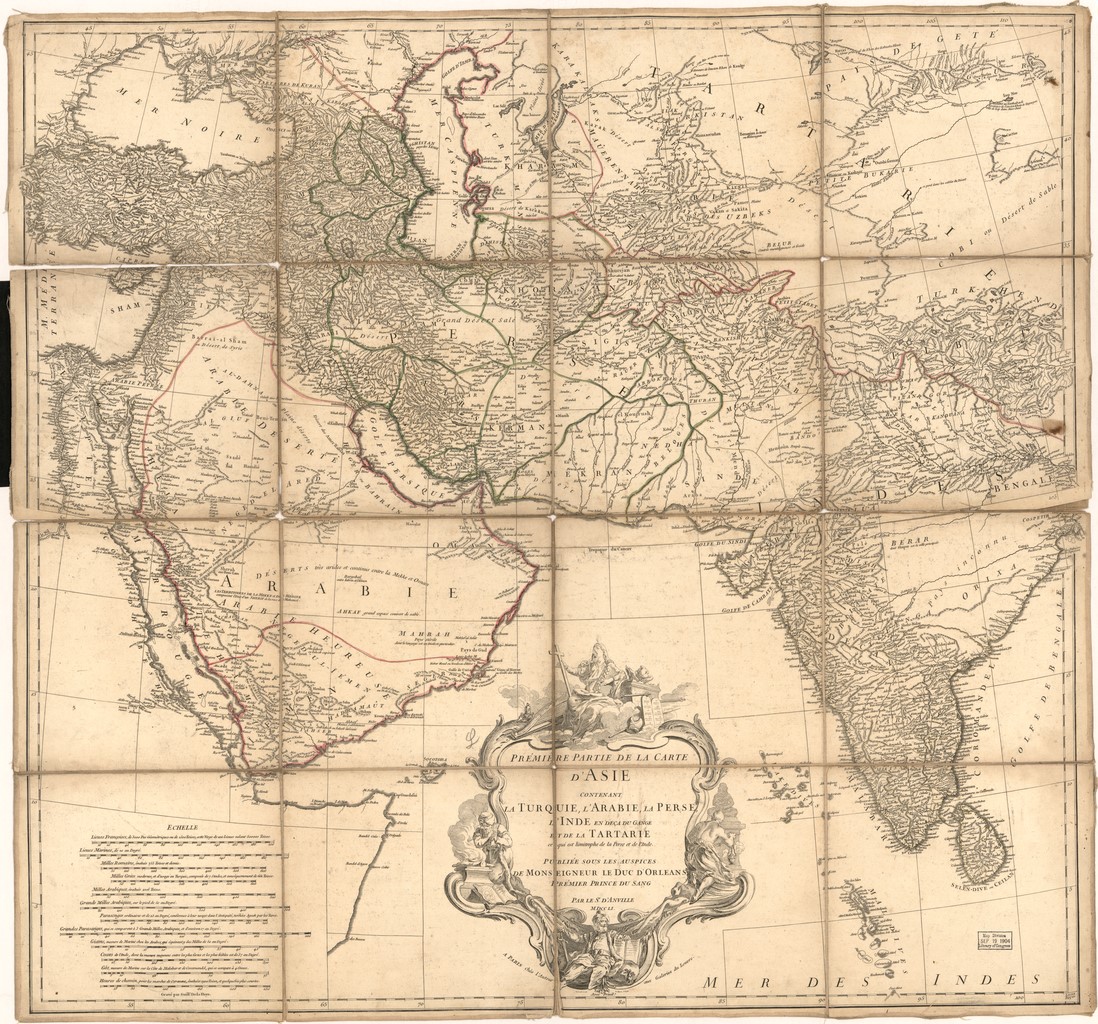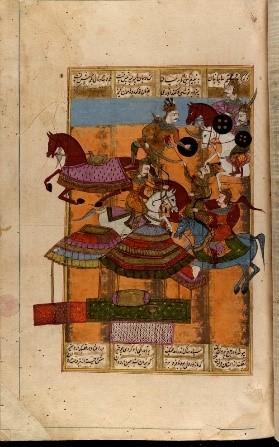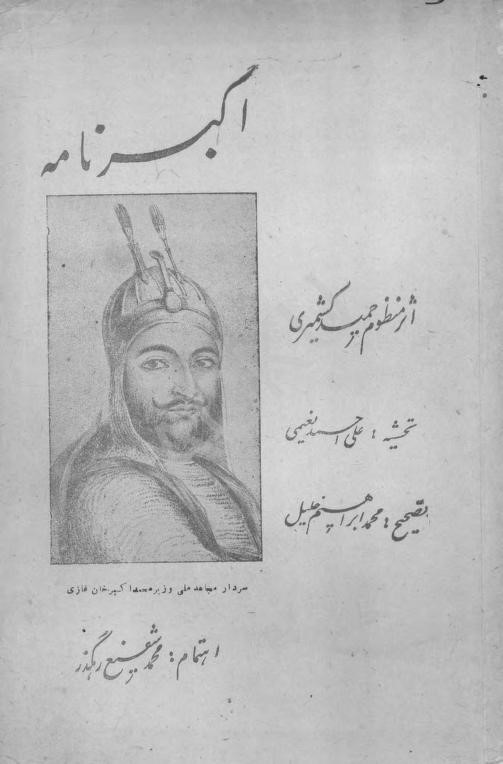
Read the blog post to find out more about writing the newly published book Remapping Persian Literary History, 1700-1900 by Kevin L. Schwartz.
Remembering Iran, Forgetting the Persianate
There was a time – roughly from 1000 to 1850 – when the Persian language reigned across much of the Middle East, Central and South Asia, serving as one of the main languages of literature and high-culture, inter-imperial communication and travel, and spirituality and poetry. Whether you were a poet from Isfahan, an Ottoman diplomat from Istanbul, an administrator from Agra, a merchant from Samarkand, or an emperor on the throne in Delhi, chances were you utilised the Persian language to navigate different aspects of your personal and professional life, both at home and abroad. The period witnessed a high-water mark for the literary arts, in particular, as the production of Persian poetry collections, court histories, scientific manuals, illuminated manuscripts, biographical anthologies, and other genres flourished.
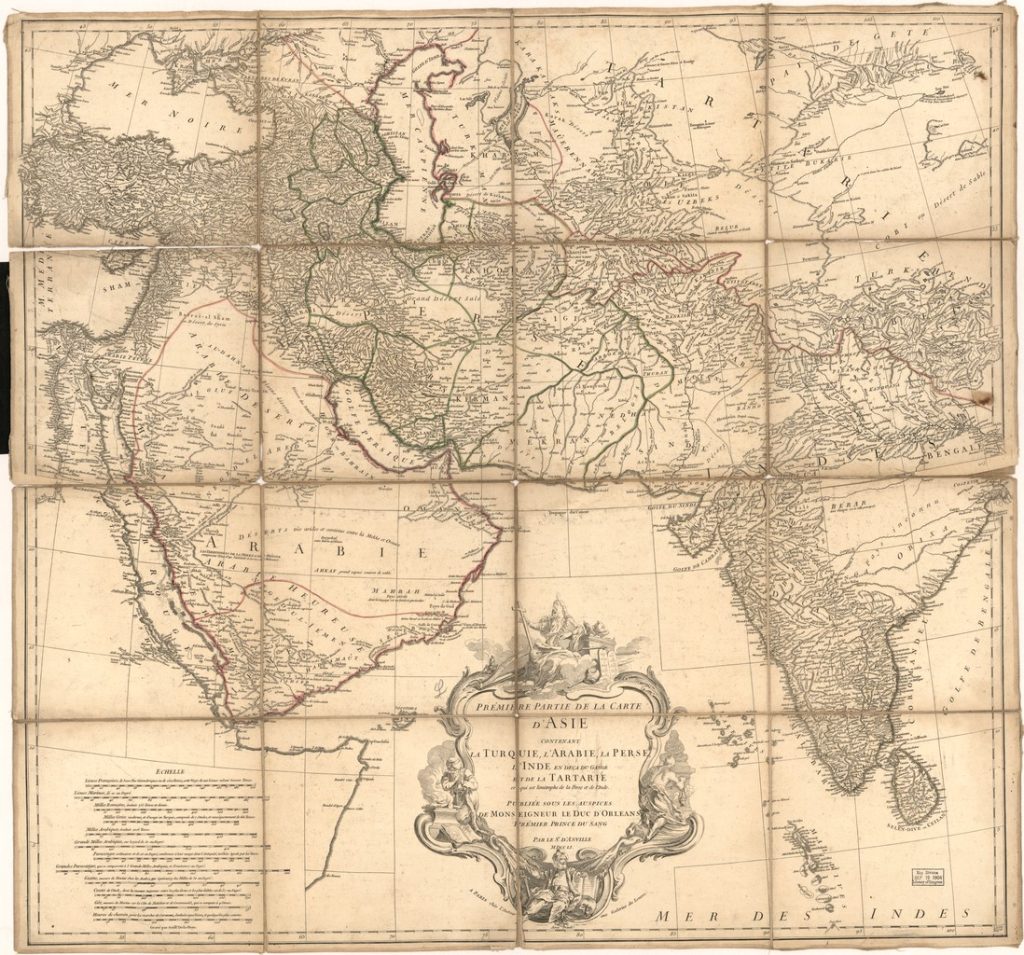
Unlike today, where the language has come to be overwhelmingly associated with a particular ethnicity (Persian), religion (Islam), or nation (Iran), the use of Persian at the time knew no such bounds: Turks, Arabs, Hindus, Sikhs, Muslims, Persians and others all drew upon the language with little thought that doing so would define them in strict ethnic or territorial terms, or exclude them from identifying as members of other linguistic, social, or cultural groupings.
But what happened to this Persianate world when it began breaking apart in the 18th and 19th centuries and how was it understood by different literary communities at the time? What did its break-up mean for the way later generations came to remember the global reach of Persian literature? How did it happen that “ownership” of Persian literature and its heritage – especially when it pertains to poetry – came to be recognised today as the primary domain of Iran?
As I began researching the break-up of the Persianate world and the global legacy of Persian literature, one particular story was being recounted time and again that led me to some answers. It was a story retold as much by courtiers in the 19th century as scholars in the 20th century and one being reproduced in educational textbooks and encyclopedias. The story goes something like this.
During the 18th and 19th centuries – right around the time the Persianate world was breaking-up for good – a group of poets in Iran rescued Persian poetry from ruin. They did so by reviving the classical styles of the “ancient” poets, many of whom still remain widely-acclaimed and read across the world today, poets like Ferdowsi (d. ca. 1020), Rumi (d. 1273) and Hafez (d. 1390). Had it not been for this group of 18th and 19th-century Iranian poets, then Persian poetry would have likely met its maker. Thankfully, these poets fulfilled their patriot duty. Persian poetry and its majestic legacy “returned” to Iran to live happily ever after, while it suffered the cruel fate of extinction or oblivion elsewhere. Heavy stuff. Except it turns out this story is largely an Iranian national myth, having been refined over nearly two centuries by Iranians and non-Iranians alike, to explain why Persian literary heritage must primarily be associated with Iran and nowhere else. All this in spite of Persian’s history as a global language and that it serves as a national language in two other countries – Afghanistan and Tajikistan – and utilised by populations scattered elsewhere.

Ferdowsi’s epic Book of Kings (Shahnameh), completed in the 11th century, circulated throughout the Persianate world and took on many different forms. Left: A folio page from a 17th or 18th c. South Asian manuscript.Kings (Shahnameh) 
Cover of Book of Akbar, an epic poem about the First Anglo-Afghan War (1839-42) inspired by Ferdowsi’s Book of Kings and published by the Historical Society of Afghanistan in 1951-2. (World Digital Library/Library of Congress)
Remapping Persian Literary History is the tale of how this myth about Persian came to pass. It also explains what exactly those 18th-century poets in Iran were doing when they began to revive the style of the “ancients” and recovers the lost voices of some of their literary contemporaries in Central and South Asia, who remarkably harboured similar attitudes about Persian’s classical past. What I try to offer in the book is a more global understanding of the connected and contested space of Persian literary culture by integrating tales of these literary communities across Iran, Afghanistan, and South Asia.
But this book is as much about recovery as it is loss: in rekindling the multi-regional breadth and vibrancy of the Persianate world in the 18th and 19th centuries – revealing the social, literary, and cultural ties that bound it together – it also details the circumstances and trends that eventually broke it apart. Ultimately it is about the multi-regional life of Persian before romantic nationalism demanded we view language and literature strictly in terms of nations. It is an experience not unique to Persian, but one that has befallen any number of languages and their literatures, forced to retrofit messy and complicated histories to meet the tidy contours of nations, whether through the re-imagining of traditions, invention of myths, or erasure of a cosmopolitan past.
By Kevin L. Schwartz

Kevin L. Schwartz is a research fellow at the Oriental Institute of the Czech Academy of Sciences in Prague, specialising in the literary history and culture of Iran and the Persianate world. He was previously a Kluge Fellow at the Library of Congress in Washington, DC and Distinguished Visiting Professor (Middle East Chair) at the US Naval Academy. His website is www.kevinschwartz.org
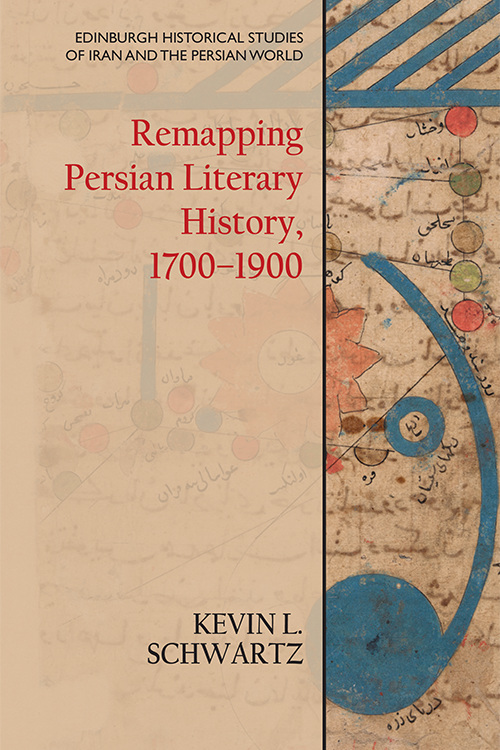
Integrating forgotten tales of literary communities across Iran, Afghanistan and South Asia – at a time when Islamic empires were fracturing and new state formations were emerging – Remapping Persian Literary History, 1700-1900 offers a more global understanding of Persian literary culture in the 18th and 19th centuries. It challenges the manner in which Iranian nationalism has infiltrated Persian literary history writing and recovers the multi-regional breadth and vibrancy of a global lingua franca connecting peoples and places across Islamic Eurasia.
Read more about Remapping Persian Literary History, 1700-1900


